With all the knowledge-sharing that happens when parents have a baby, I'm surprised at the lack of discussion around breast pumping. There are endless suggestions about breastfeeding, but “Breast Pumping 101” is tragically lacking from the roster at the local birthing hospital.
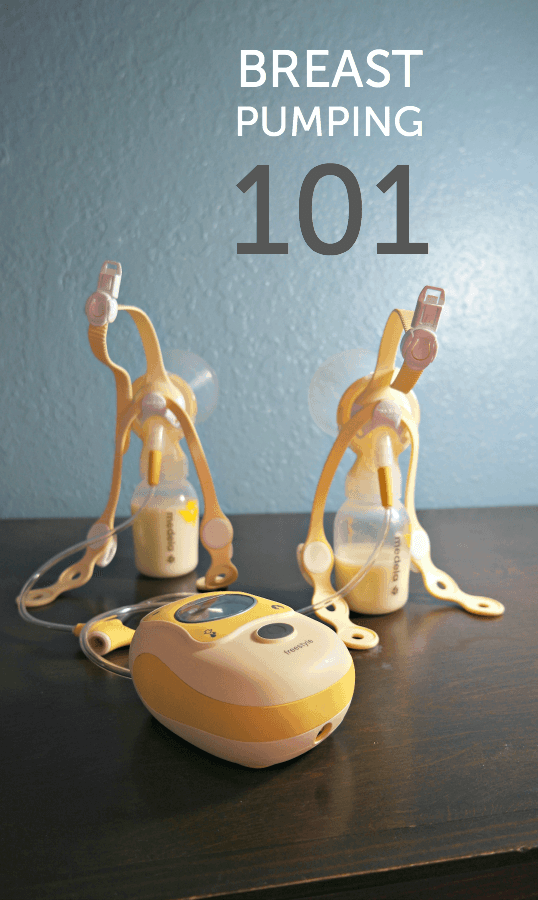
Maybe it's because it isn't flashy and seductive. Come to think of it, I've seen dozens (hundreds?) of breastfeeding pictures from parent advocates. Celebs hop on Instagram to share their baby-boobie selfies. Alyssa Milano waxes poetic about infant nourishment and Gisele Bundchen is perhaps the most glamorous milk-maker on the planet, but do you think we'll ever see Kim K strapping herself up to a pump and sharing a quick pic?
I doubt it.
Despite its lack of intrigue, breast pumping is an important skill that can be vital in keeping breastfeeding on track. Moms choose to pump for any number of reasons. I first started pumping with Some Boy to increase milk supply due to poor latch. I continued with Sidekick in order to maintain milk while we formula fed and sorted out his food intolerances. And I've already begun breast pumping with Minion to save extra milk for use when I'm away at work events!
Moms often choose to breast pump to donate to infants whose moms are unable to provide breastmilk, or to evert flat/inverted nipples in order to get a better latch with baby, or to avoid direct-feeding due to pain or discomfort.
I've visited a number of friends in the hospital after birth and heard them complain about painful engorgement due to baby not emptying the breast. It always amazes me to encounter new moms who haven't had help from a lactation consultant, and who don't even know what breast pumps are! So since many hospitals seem to fail, I've decided to share my own little Breast Pumping 101.
Breast Pumping 101: A Guide for New Parents
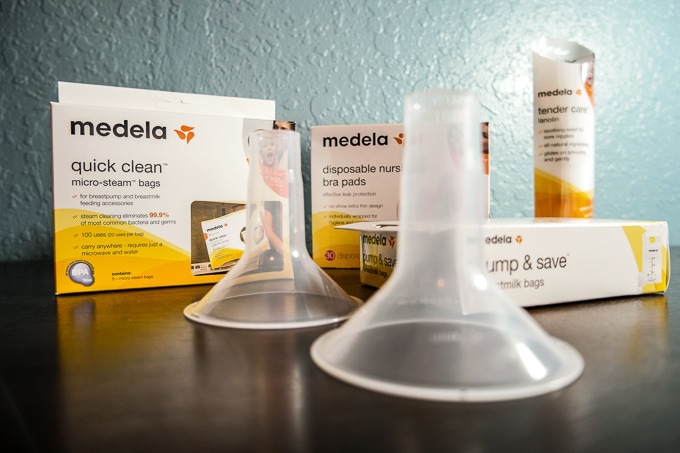
The equipment choices are vast, but don't let it stress you out. You'll need a breast pump (Medela sent me their Freestyle, which has a rechargeable battery and nursing bra hooks for complete hands-free operation) as well as a method of storing breastmilk. There are bags that can be frozen or bottles that can be capped and stored in the refrigerator.
There are also various sizes of flanges for use with the breast pump depending on the size of your breasts. Cleaning aids can help you clean the pump parts between uses, or you can use soap and water. Lanolin cream is also helpful if your nipples get sore, and nursing pads can keep your bra dry if you tend to leak in between feeds. It's particularly embarrassing when your milk lets down forcefully at a packed table of people during an important business presentation. Not that anything like that has EVER happened to me.
Speaking of letdown, many pumps have a “letdown” cycle that helps get milk flowing. If yours doesn't, you'll want to create one manually by starting with a rapid speed and the highest intensity you can comfortably tolerate for 2-3 minutes. Then, switch to a slower speed after that, still at the highest intensity you can comfortably tolerate. This simulates the natural progression of a baby's latch, sucking aggressively in the beginning and then more slowly as they fill their mouths and swallow. For easiest letdown, massage breasts gently before starting and then pump both breasts at the same time, taking another break to massage if your milk takes a long time to release. BreastfeedingUSA has an incredibly helpful tutorial about hands-on pumping. It's also helpful to put warm washcloths on your chest, think about baby and do everything you can to let your body relax.
Timing is the biggest thing and it varies per person and situation. Pump between 10-30 minutes per session – still at the highest setting you can comfortably tolerate – until the very last drop of liquid is removed. To increase milk production, continue pumping for another five minutes after the breast is dry.
If you're exclusively pumping to maintain milk, it's important to keep a regular schedule and pump every 2-4 hours as baby would. If you're pumping in tandem with nursing to increase milk production, pump for 10-15 minutes immediately after breastfeeding baby. Even if no extra milk comes out initially, stick with that schedule. The act of pumping on a regular basis tells your body that it needs to make more milk, and it will eventually get with the program. You can also use supplements such as Fenugreek, Fennel, Blessed Thistle, Malunggay or Shatavari to increase milk production. You'll eventually be able to squeeze in “solo” pumping sessions during naps and at night, totally separate from nursing sessions. I do suggest that you wait until baby has a regular feeding and sleeping schedule before doing that, so pumping doesn't disrupt their breastmilk needs.
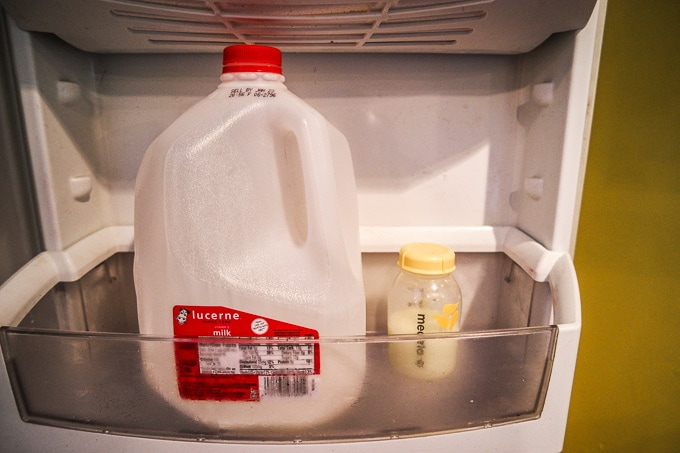
Breastmilk can be stored at room temperature for 4-6 hours, in a cooler with frozen ice packs for 24 hours, refrigerated for 3-8 days, and frozen for 6-12 months. Thawed breastmilk should be used within 24 hours.
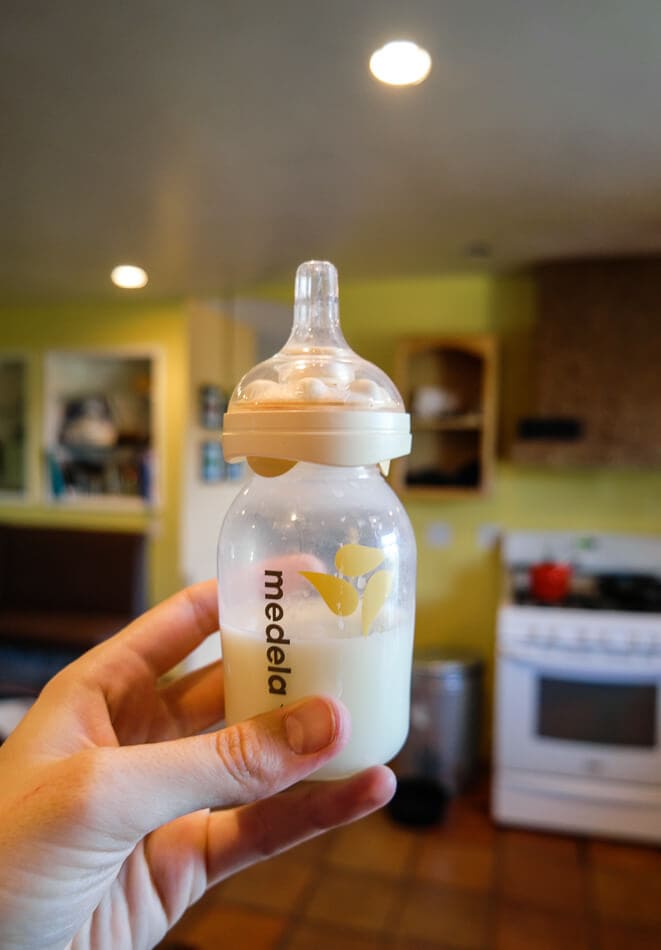
Many storage bottles have nipples that fit on them for feeding, so you don't need to transfer to a separate bottle. I like the Medela Calma nipple, which lets the baby control milk flow as they do at the breast to avoid nipple confusion that can sometimes develop with softer-nippled bottles that let milk out more rapidly.
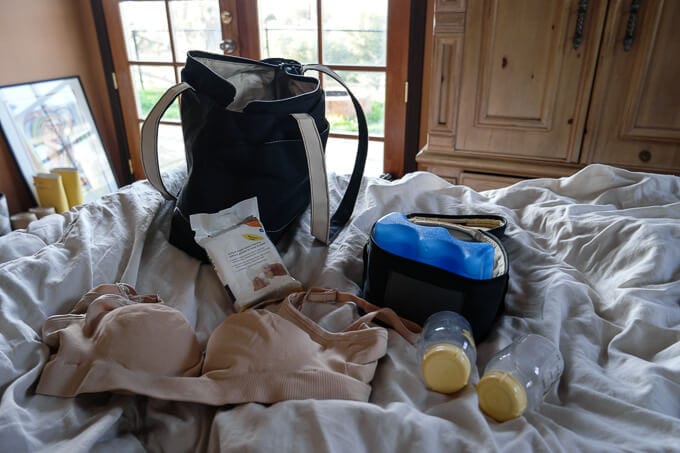
Travel gear includes a bag to stash the pump in and a cooler to store expressed milk, both of which actually came included with my Medela Freestyle. I also bring along quick clean wipes so I'm not hauling my used pump through an airport or gas station searching for a place to clean it. Again, experience is an excellent teacher.
Last but definitely not least in our breast pumping 101 lesson, a few good nursing bras are essential. You definitely don't want to be fumbling with complicated latches or having to strip down every time you need to pump! Bravado makes a variety of bras and tanks in different styles, and mine have all stood the test of time very well. And if your pump doesn't come with bra hooks for hands-free use, you can get a bustier to make life a little easier.
Anything I missed? What else would you want to learn in a breast pumping 101 class?